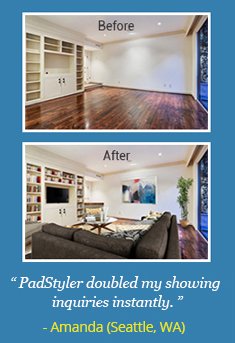The advancement in technology has brought about radical and dramatic changes in every aspect of life, and the real estate industry isn’t an exception. In ancient times, the only way people acquire properties is to sit in the office of real estate professionals and tour several properties before you can decide on which to opt for. Now, the case is somewhat different.
Technological advancement has made it possible for prospective home buyers to shop for their favorite properties from the comfort of their homes, on whichever device they desire. Obviously, they are at will to click through a wide range of online listings before they finally get to the stage of scheduling a visit. As a result of this, tech-savvy homeowners are in constant use of numerous tools to get their properties in front of prospective buyers and sell faster.
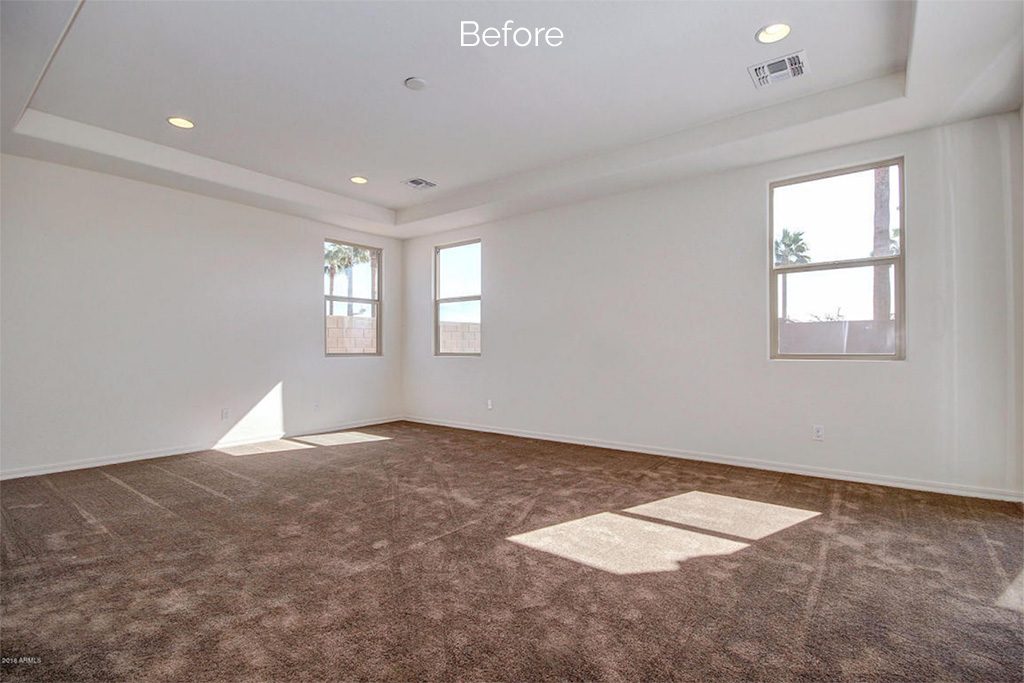
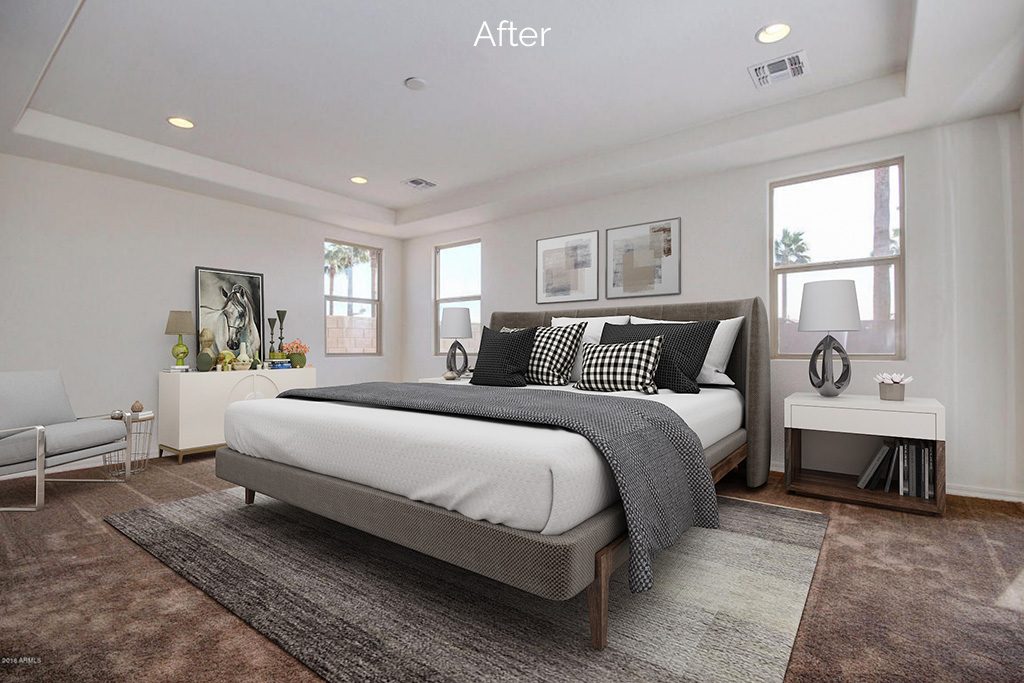
One of the most popular marketing tool utilized by many real estate professionals in every nooks and cranny of the world is virtual staging. This is a tool that displays the features of the specific properties as well as the potential features. Virtual staging is specifically helpful when used to market cooperative apartment units or vacant condominiums. In this article, we’ll be revealing a few of the essential things you need to know about virtual staging. Sit back while we get started:
What is Virtual Staging in Real Estate?
Let’s face reality. Whether it is a studio, penthouse, or condominium, an empty unit tends to lack the visual appeal that motivates or melts the hearts of potential buyers to visit. Interestingly, an empty room is simply like boxy walls of whites, and it might be worse, depending on the past tenants or occupiers.
Virtual staging in real estate is a situation whereby professional photographers capture photographs of lived-in homes or vacant properties and changes the furniture and décor of the apartments to make a perfect first impression on prospective buyers or renters. In a situation whereby there are many units available for sale in a similar building, the big boxes, beige carpets, and white walls appear disappointingly identical.
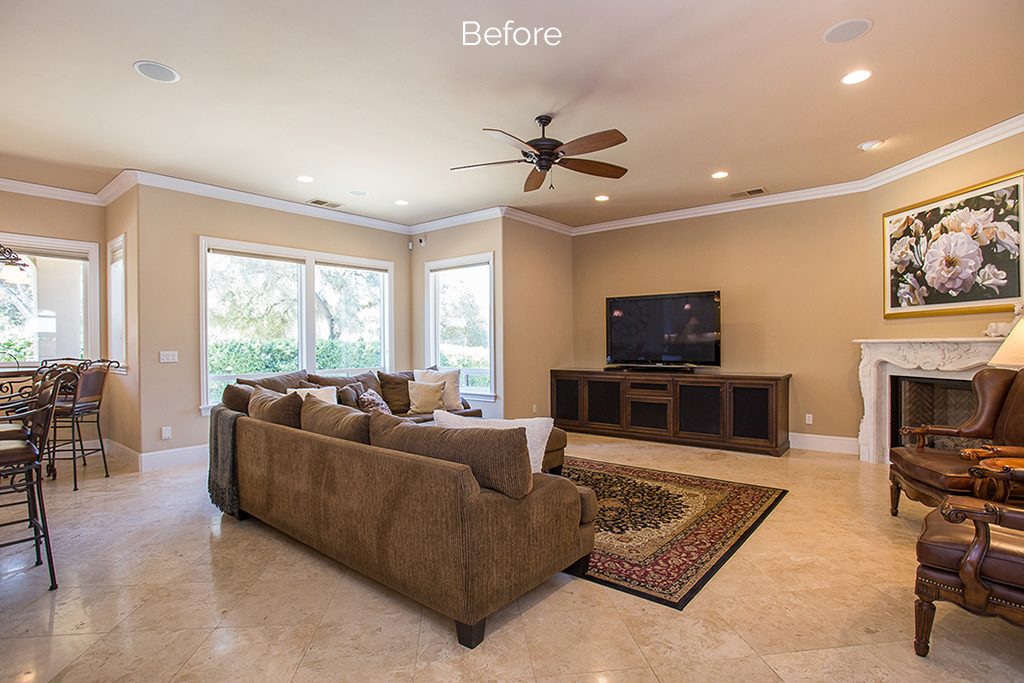
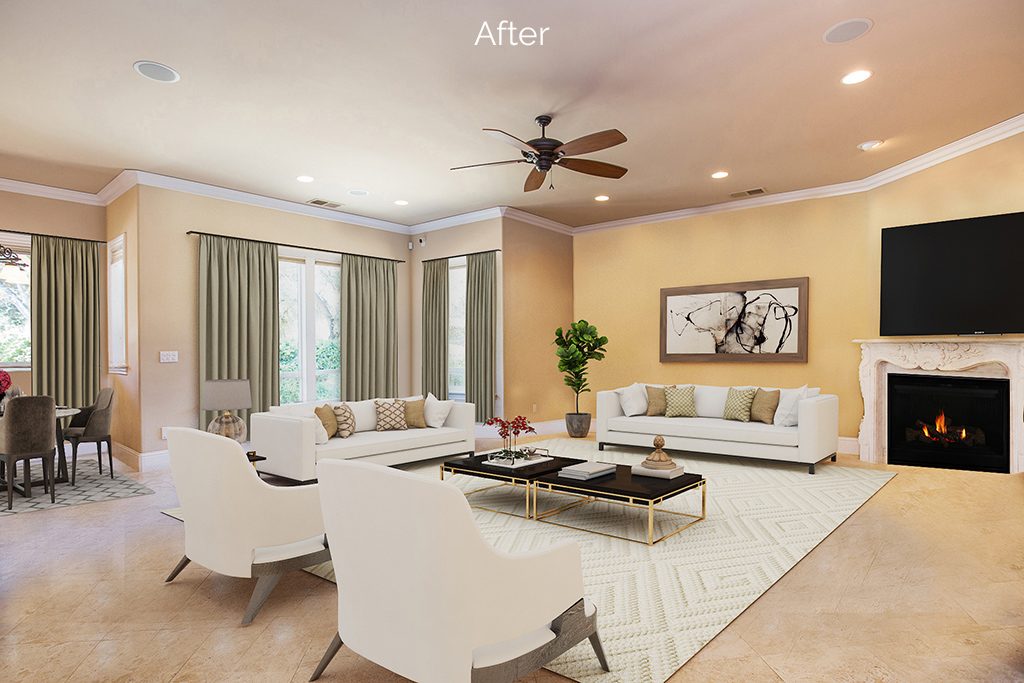
Virtual staging is simply the use of technology to make a home listing stand out with a perfect presentation of its actual possibilities. With virtual staging, potential home buyers and renters are emotionally connected to envision their life in the apartment. Though, this powerful tool is generally utilized by many real estate professionals to make a property more appealing to the market, its often not used to its fullest potentials, and it might not be entirely perfect.
More so, this kind of marketing tool could mislead prospective home buyers. It couldn’t be funnier when homebuyers want to visit the apartment, and they discover something entirely different from what was found online. Apart from that, the matter could bring more confusion specifically in cases where virtually staged photographs are wrongly denoted by watermarks making it obvious that it was virtually staged.
Is Virtual Staging Really Legal?
Virtual staging is widely known in the real estate industry as a marketing and advertising tool. While it could be considered cheaper both for the owner and the agent, the styling could take less time to complete. However, as all things often do, there are some contentions from a legal perspective. It is advisable to try as much as possible to avoid accusations relating to the misrepresentation of the properties been sold.
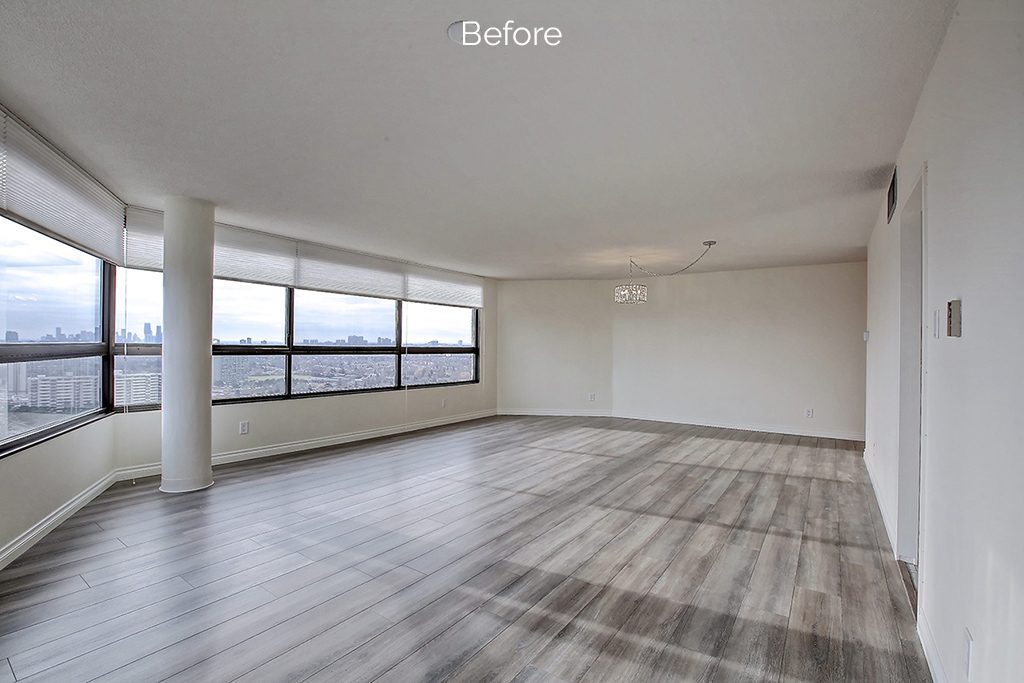
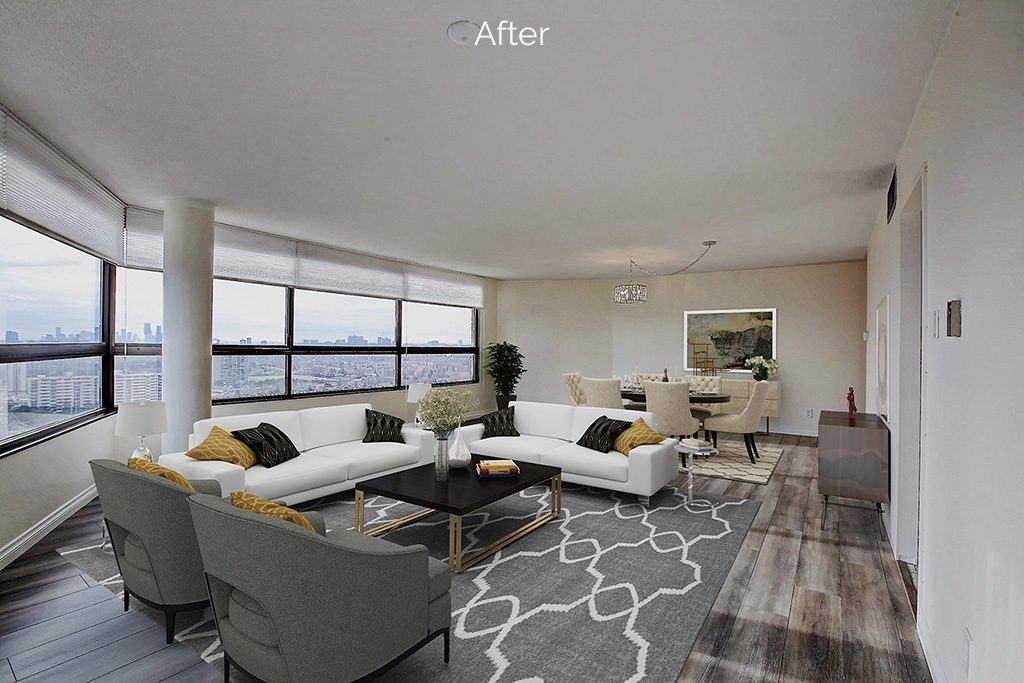
In view of that, if you have successfully altered any photograph digitally, you should clearly label and openly disclose it as virtual staging. This doesn’t only guard you against legal issues; it also keeps the mind of the potential buyers at rest knowing fully well that the real home may not be properly furnished as seen virtually in those photos.
Whenever you use virtual staging for marketing a property, ensure that the digital enhancer doesn’t cover up any of the cracks, stains, or other issues within the property.
Before you hire a photography company to stage your property virtually, you should consider seeking legal advice first. With that, you’ll get a well-thought-out outline of the things you can do and limitations. Apart from that, you’ll also be enlightened on the appropriate language to use to disclose that the properties are virtually staged publicly.
With an appropriate virtually staged property coupled with the original pictures of the property (unstaged), you can project the potential appearance of the property to the prospective buyers.
The Pros and Cons of Virtual Staging in Real Estate
Have you ever thought of the benefits of virtual staging? As we’ve mentioned earlier, virtual staging is a valuable marketing tool for many homeowners and real estate professionals. Here, we’ll be revealing a few of the pros and cons of virtual staging:
Pros of Virtual Staging
Virtual Staging is Non-invasive
When compared with traditional staging, virtual staging doesn’t require many efforts to transfer a bunch of stuff in or out of the housing units. Instead, everything about virtual staging is done virtually, and it could be adjusted to suit a housing unit perfectly. Apart from that, the expert photographers make use of additional tools such as virtual furnishing, decorating, de-cluttering, painting, and the virtual elimination of objects to increase the visual appeal of the property to the prospective buyer.
Virtual Staging Reveals the Full Potential of a Property
Vacant units could feel a bit cool. And prospective home buyers can’t have a sense of the atmosphere during a virtual viewing. On the other hand, potential homebuyers could also request for the pictures and decors of the current users or renters. Virtual staging is exceptional in that it offers a pleasant view of the apartment. Apart from that, it projects the property as welcoming while also promoting an imaginary view of the property to the potential buyers.
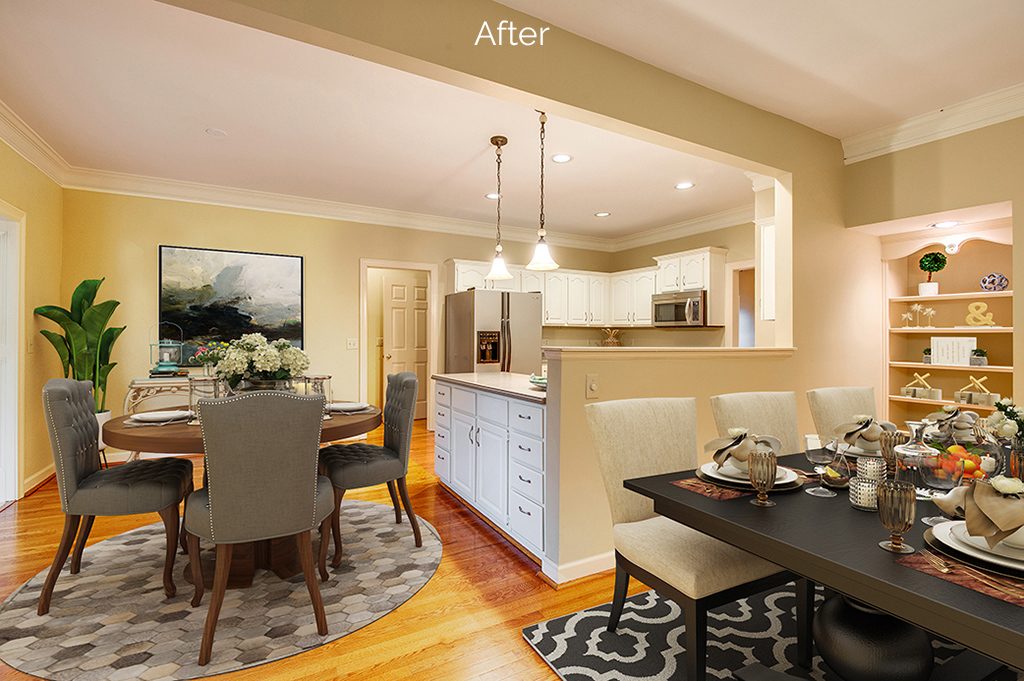
Virtual Staging is Usually Fast
While it could take a couple of days or even months to complete traditional or physical staging, it possible to complete the virtual staging an entire property in a few hours. This makes a headway specifically for homeowners who wants to effectively position their properties without even investing a considerable amount of effort.
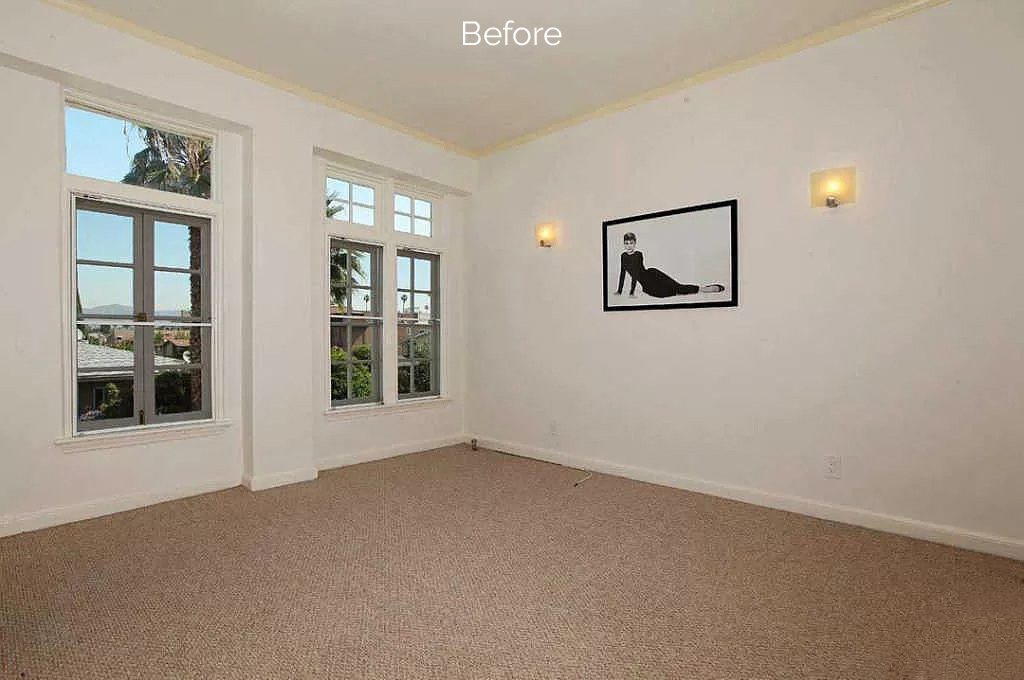
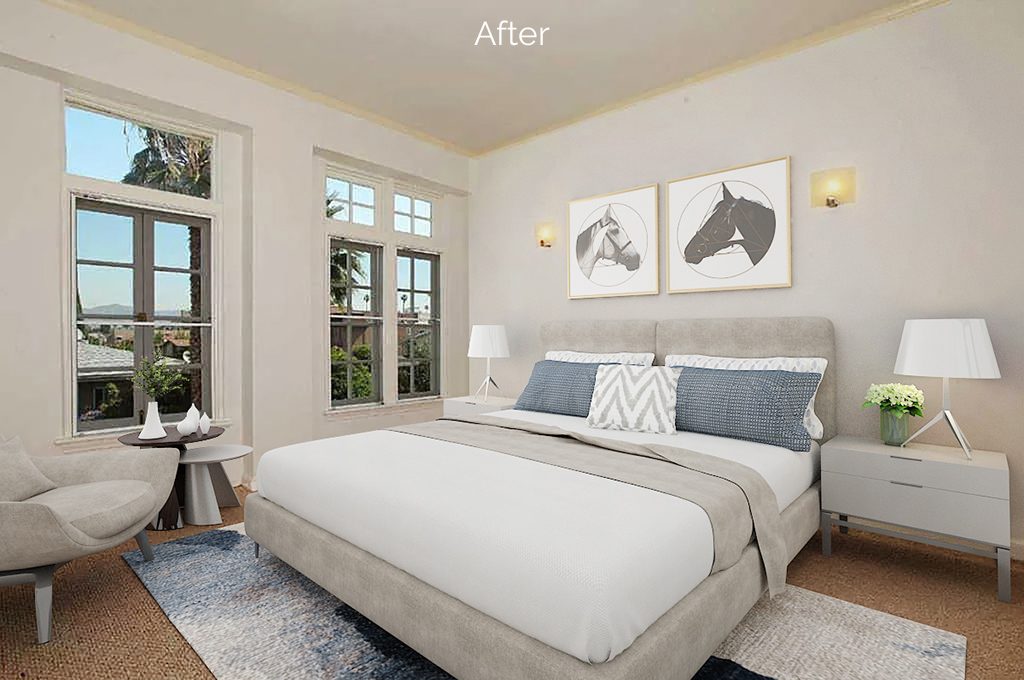
Virtual Staging is Flexible
With virtual staging, it could be easy to transform an ordinary nursery into a spare bedroom, a cramped living room into a pleasant-looking open space, or a closet into a craft room. Virtual staging encourages a high level of creativity. Obviously, you display your unit to attract the interest of prospective home buyers.
Cons of Virtual Staging
While the merits of virtual staging have been examined earlier, there are a few demerits you should take into adequate consideration:
Virtual Staging Seems Misleading
When it comes to virtual staging, it is advisable to make use of watermarks that clearly states that those images are digitally staged. Otherwise, you are at risk of disappointing or misleading your buyers whenever they arrive at the location of that property. In reality, they’ll expect to see a property that was virtually staged but empty.
Virtual Staging Must Be Brought Into the Showing
If the real estate agents are showing empty spaces to the prospective buyers, you could quickly bring out the virtually staged images and display them. This will provide potential buyers with the opportunity to see themselves living in the home mentally.
Virtual Staging Needs a Professional
Whenever a novice performs a virtual staging, it appears fake and unrealistic. This will end up dissuading the buyers while also cutting short their interest to tour the space. That said, you should endeavor to hire the services of a professional virtual staging company.
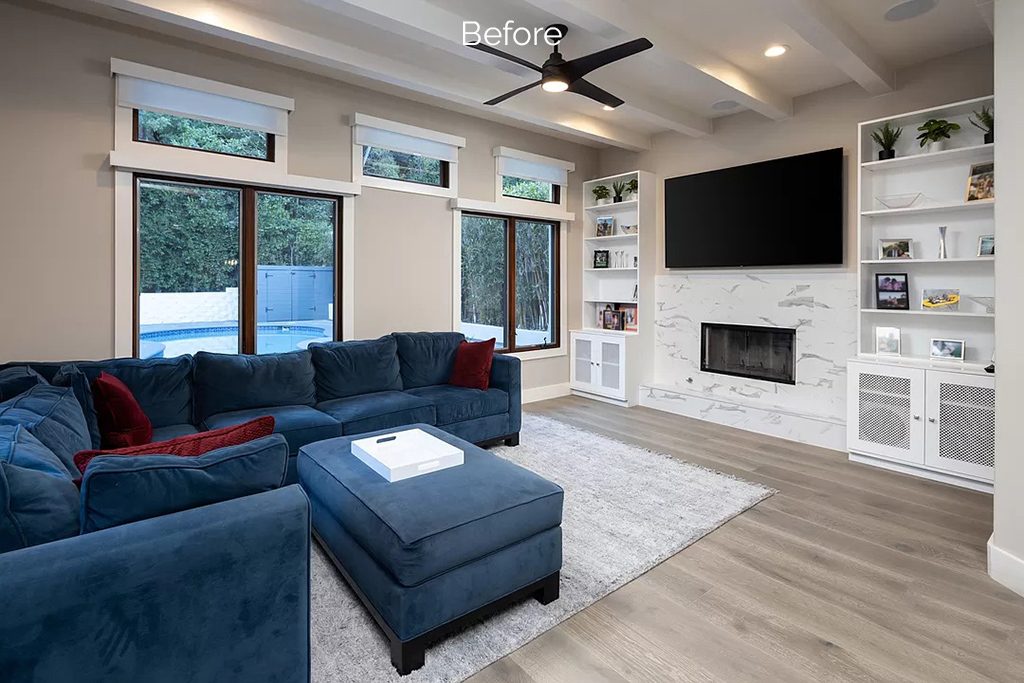
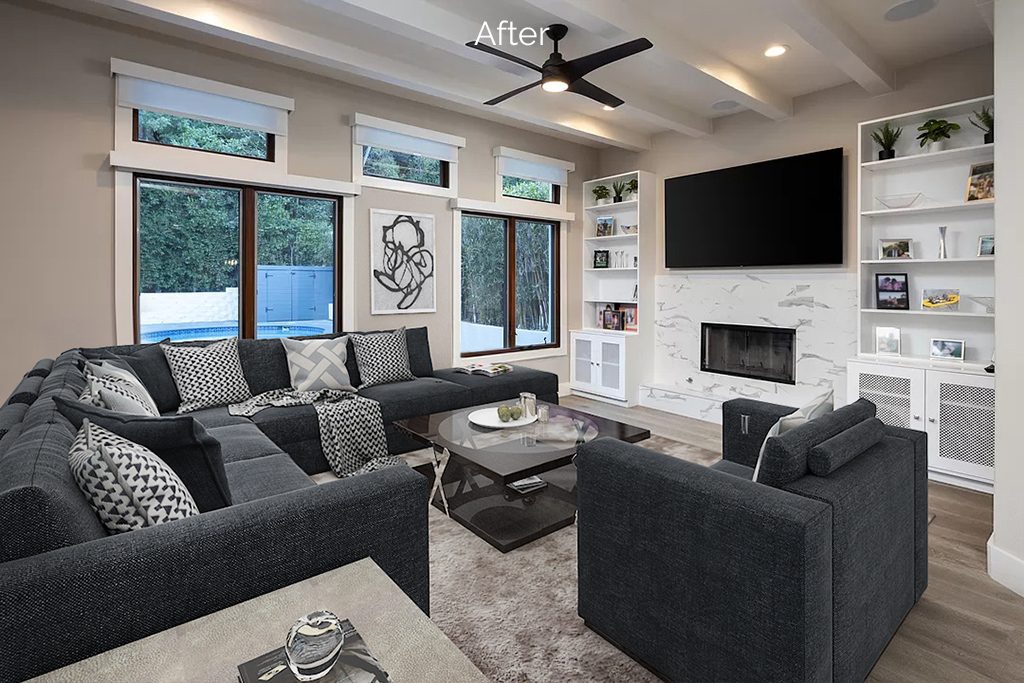
Is Virtual Staging Cost-Effective?
When it comes to pricing, virtual staging is cost-effective compared to the traditional method of staging a property. Averagely, the cost of conventional staging is about $2,000 to $3,000, while it requires an additional monthly rental fee of between $500 and $1,000. On the other hand,the average cost of a virtually staged real estate property ranges between $200and $400. However, this solely depends on the number of photos and the company you’re hiring. With virtual staging, you can confidently make your property stand out online, even in a crowded and competitive marketplace.
How Do Clients Feel About Virtual Staging?
As a result of the increased use of technology among numerous real estate professionals, it could be concluded that both home sellers and buyers have embraced the use of virtual staging. All you need to do is to clearly disclose on your company’s website and other listing sites that the specific property is virtually staged. With this, you’ll avoid a situation where a buyer will visit a vacant home and be caught unaware.
There you have it! Perhaps a few of the essential things you need to know about virtual staging. However, virtual staging is something beneficial for both marketing and advertising purposes in the real estate world. Ensure that you conduct individual research in order to determine whether virtual staging is more helpful to market your property faster.

